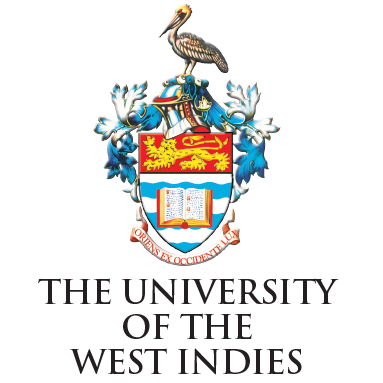
Reflective practice 101
“Reflective practice is the ability to reflect on one’s actions so as to engage in a process of continuous learning,” according to American philosopher and professor Donald Schön. It is used in occupations such as medicine and teaching to recall actions taken over a period and their possible or real impact on their patients/students and to identify areas for improvement.
In addition to helping you improve your teaching, engaging in reflective practice can also demonstrate your commitment to continuous skills enhancement for the benefit of both your students and your university.
Reflective practice will look different to everyone. Some might prefer keeping a journal, while others might use electronic spreadsheets or one of the many teaching checklists available online or through your university’s centre for teaching and learning.
The more detailed you are in your reflection, the more improvements you can make. If you can also quantify the impact of your changes (for example, by demonstrating that your new methods resulted in a 40 per cent increase in lecture attendance) it can not only boost confidence, but also serve as a valuable piece of evidence that could work in your favour for contract renewal or promotion.
Strategies for enhancing your reflective practice
Ask your students: seek your students’ opinions on your teaching and learning strategies during lectures, labs and so on, then implement their feedback for future course iterations.
I have used the “stop, start, continue” method with mine around the third week of teaching. This involves asking them what they think I should stop and start doing and what I should continue to do to improve their experience. The responses you get during this exercise might surprise you, because they could highlight issues you won’t have been aware of, such as lack of access to learning materials. They might also absolutely love what you’re doing so far and tell you so!
Another method of gathering feedback is through the course reviews. These end-of-semester surveys can be disseminated to students through your university’s student experience team and encourage students to share their thoughts on course design, teaching and learning activities and assessments. If you decide to use this method, you might benefit from additional analytics prepared for you, such as charts and graphs, that offer a visual representation of your results.
Do not be overly hard on yourself if you receive less-than-pleasing reviews from some students. Try to remember that they want the best experience for themselves and others who might come after, and their feedback is intended to help you improve.
- Resource collection: Teaching strategies to enhance learning
- Assessing your assessment: creating inclusive and meaningful assignments
- Design a student-centred curriculum for dynamic learning
Ask your peers: asking your fellow lecturers’ thoughts on your teaching practices can enhance your reflective practice further. You can do this by organising reciprocal classroom observation visits where you can be each other’s student for a day. You don’t necessarily have to stick to staff in your faculty or department – you can learn other ways to engage students from staff outside your discipline.
Decide beforehand what you’d like your peer to focus on during your teaching session and then ask them to record how they thought you did and offer objective suggestions for improvement. You may or may not wish to score each other at the end. Applying this method helps to increase peer support and collegiality, which is vital in university teaching and learning environments.
Ask yourself: self-reflection is the final step in creating a robust reflective practice. You can do this by reviewing your teaching philosophy statement and editing it if appropriate, asking yourself questions such as “How have I changed or grown as a lecturer between when I wrote this previous version and now?” You can try to do this on an annual basis for maximum effect.
You can also complete a self-review checklist looking at aspects of your teaching such as the use of educational technology, knowledge of current trends and online resources for your subject, and authentic assessment design.
Reflective practice should be one of the cornerstones of your teaching, especially at the tertiary level of education. Seeking constructive input from those around you, such as students and peers, and engaging in self-reflection will keep your pedagogical skills sharp and your teaching engaging and effective.
Natalie K.D. Seedan is a sports sciences laboratory technician and part-time lecturer at the University of the West Indies Cave Hill Campus.
If you would like advice and insight from academics and university staff delivered direct to your inbox each week, sign up for the Campus newsletter.




